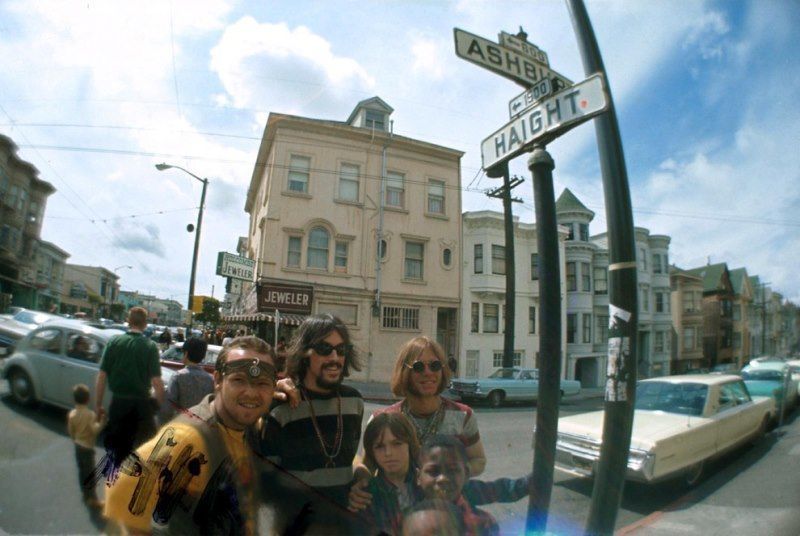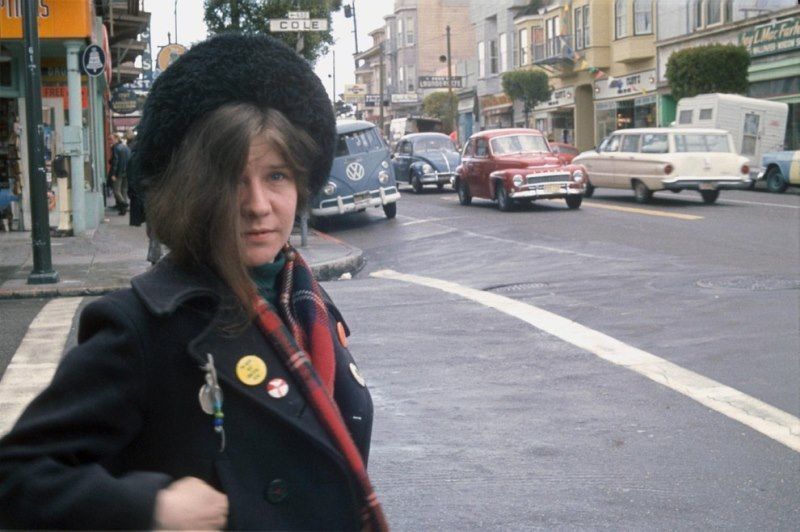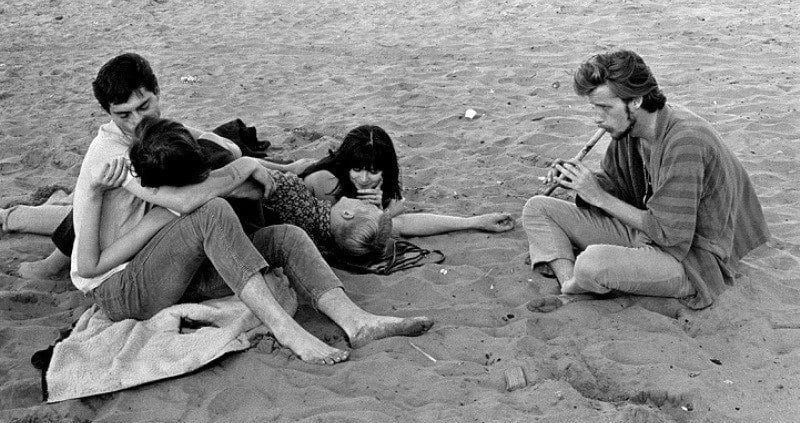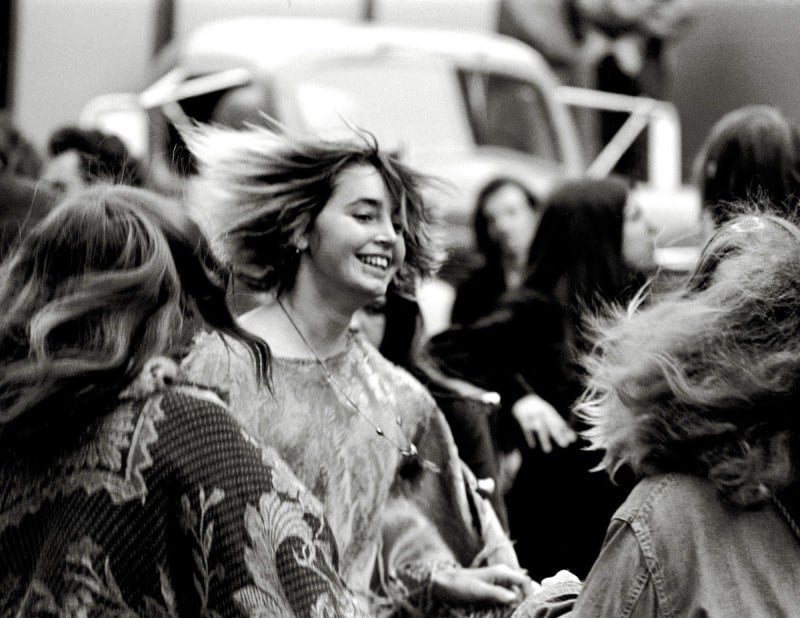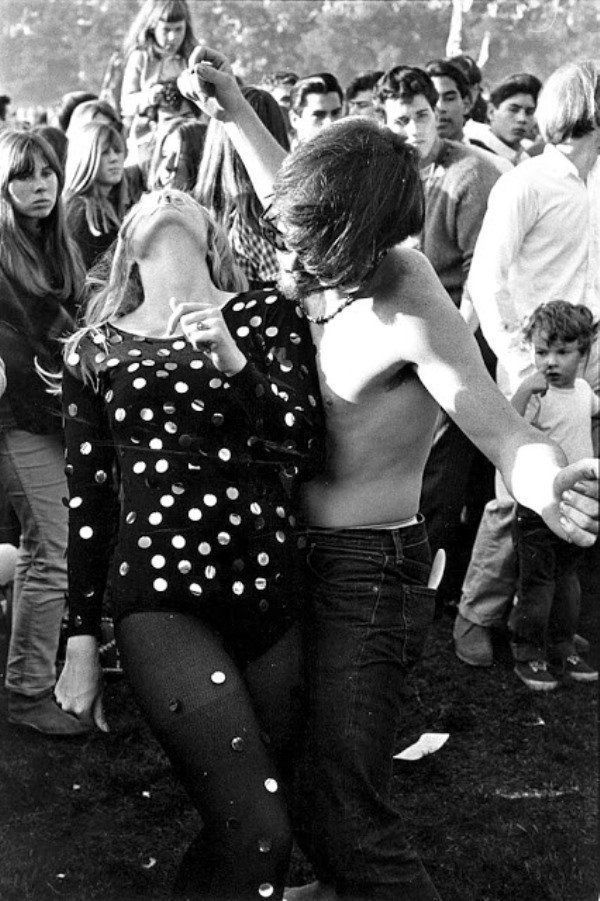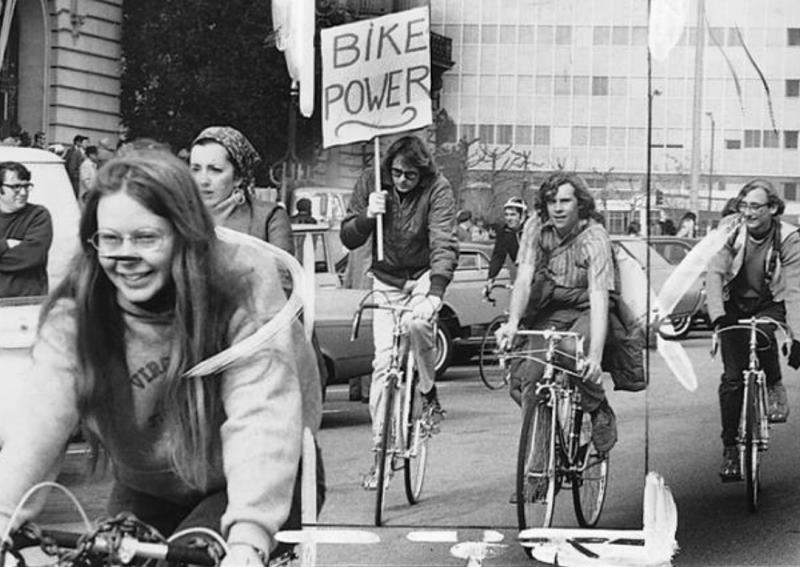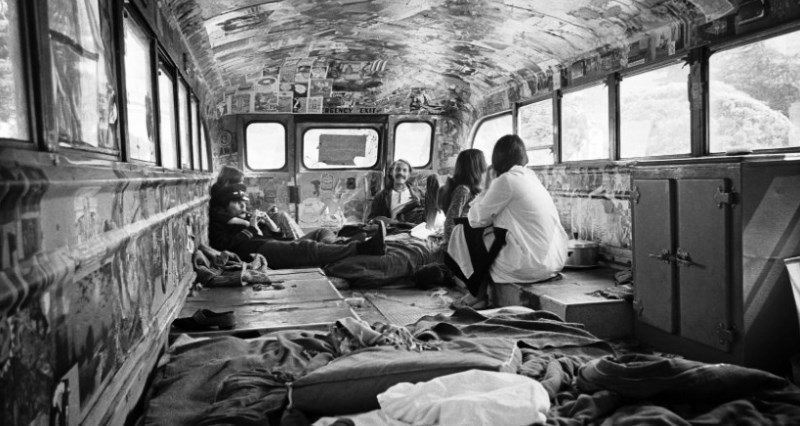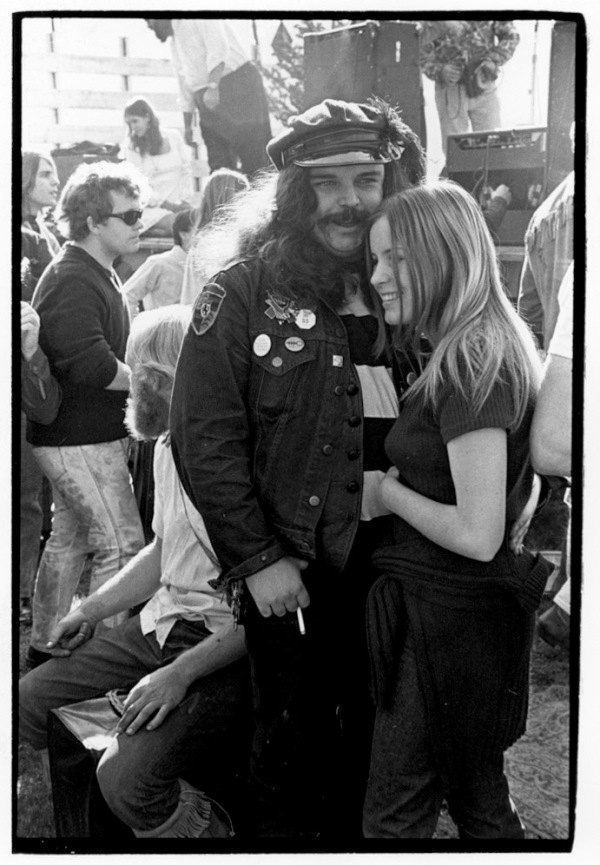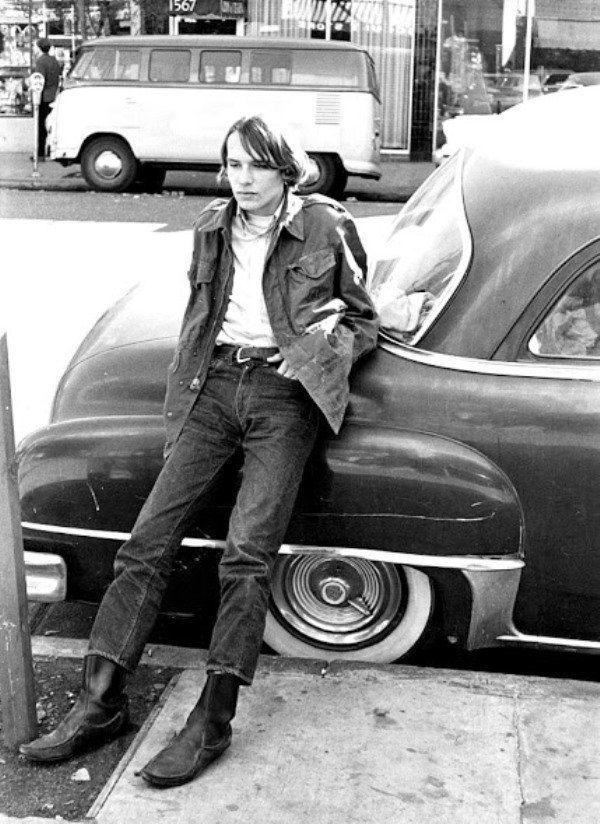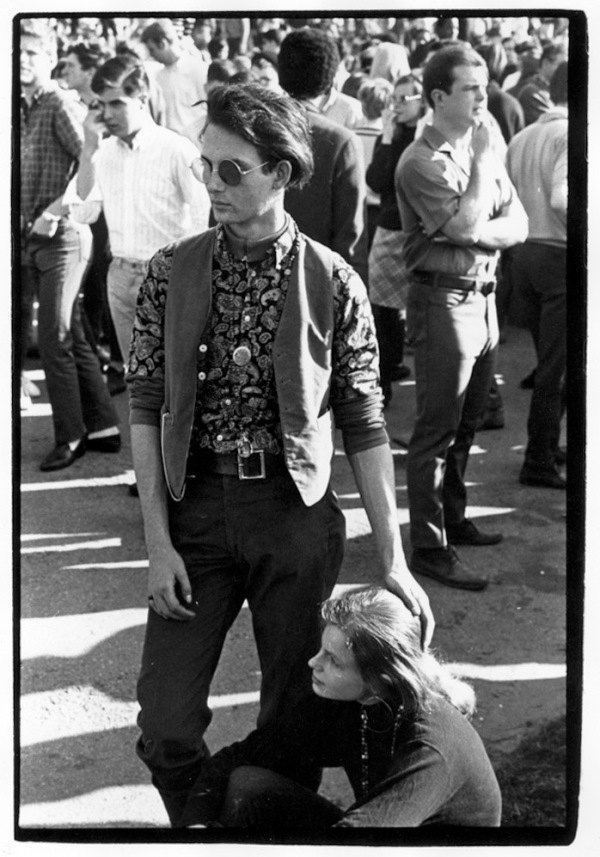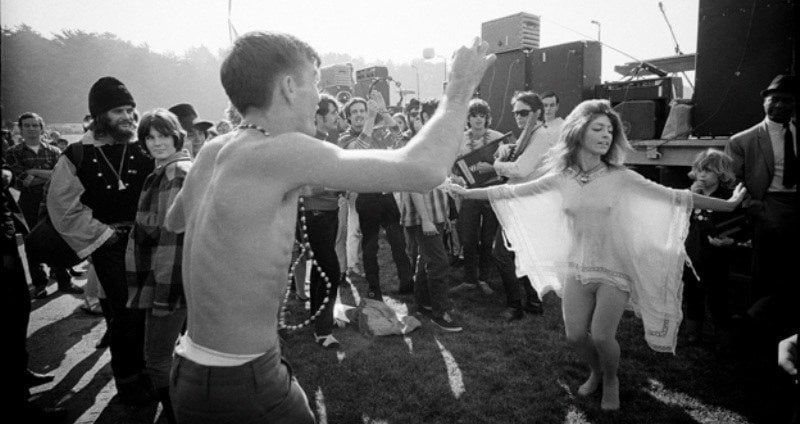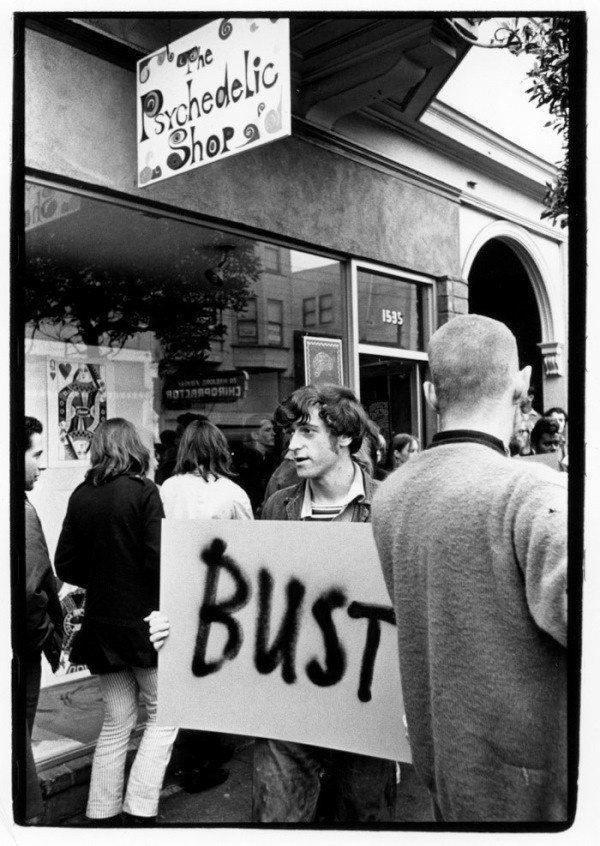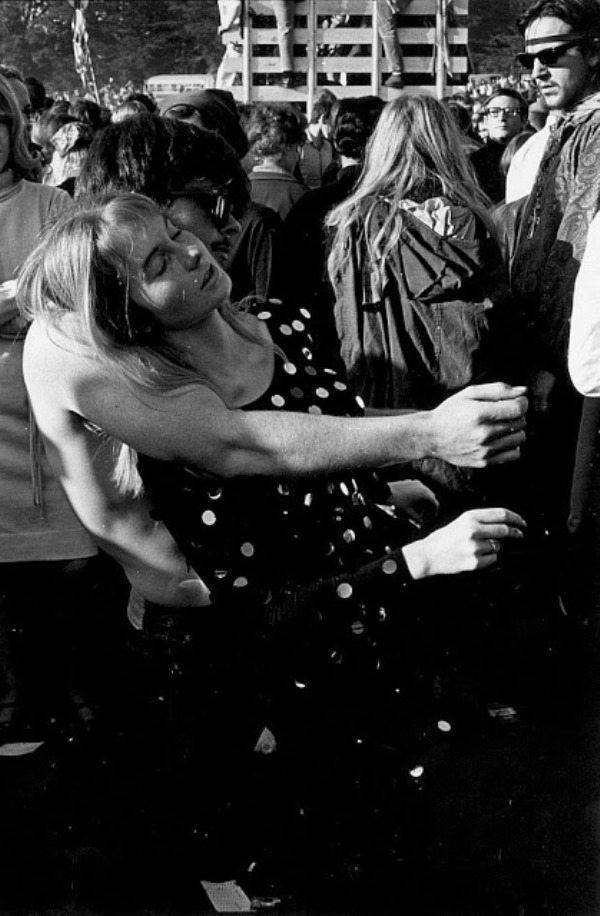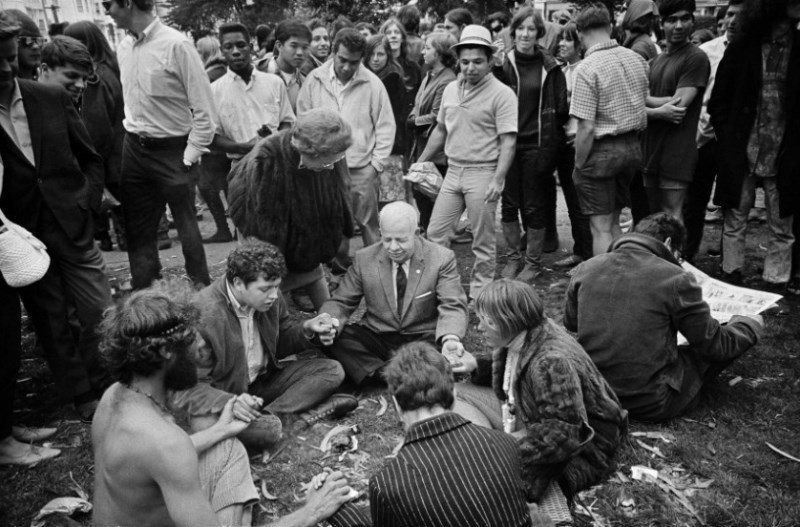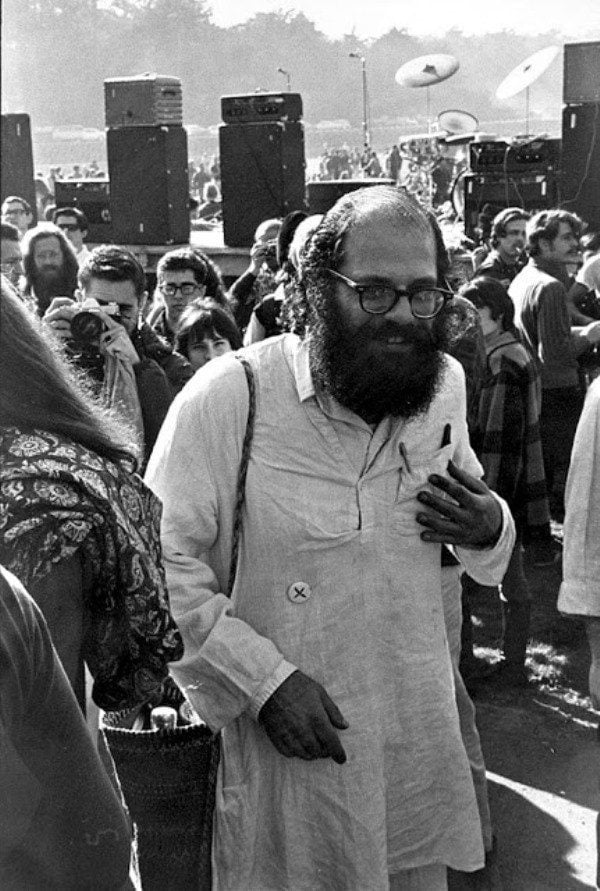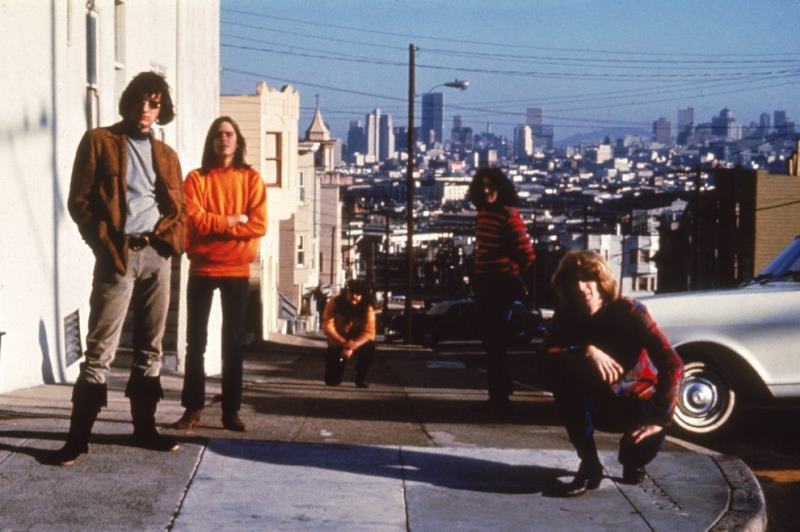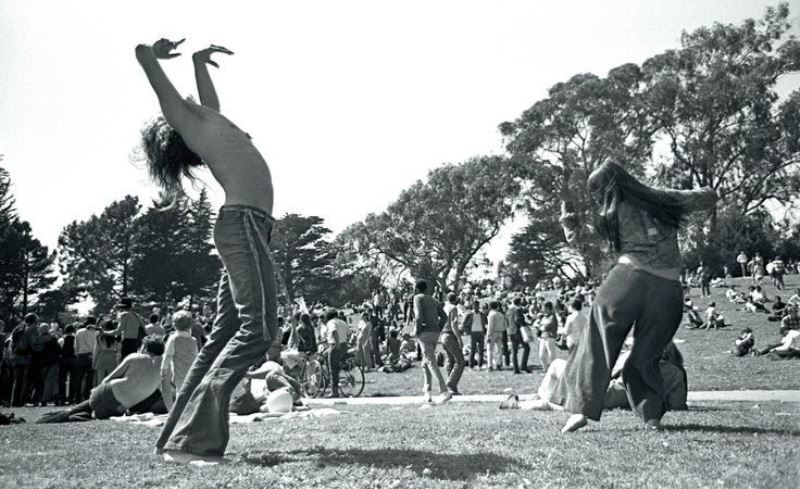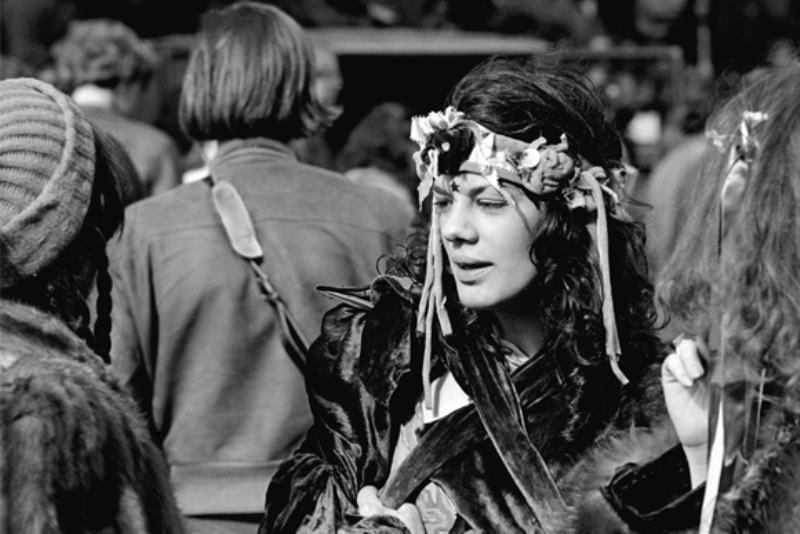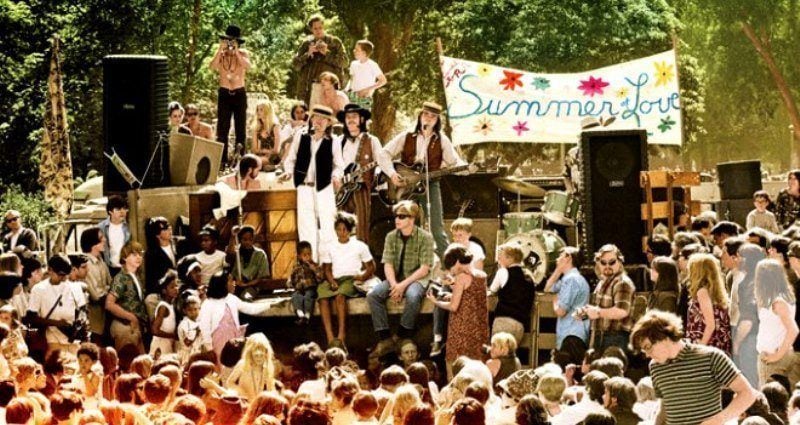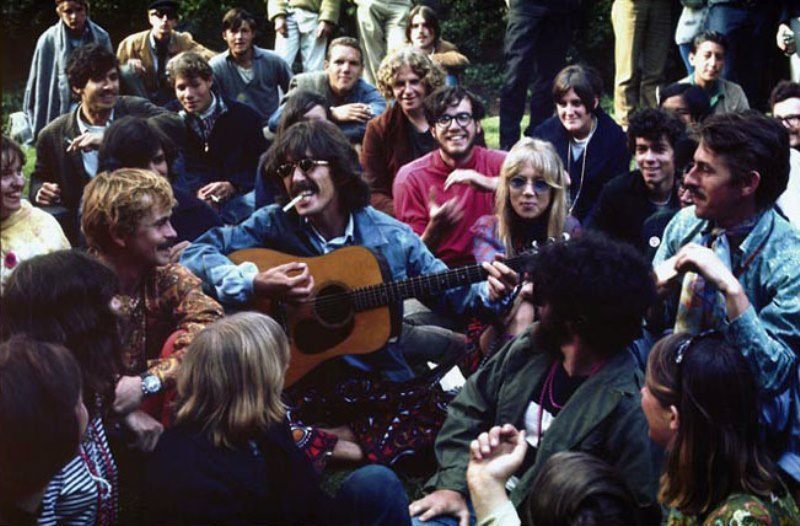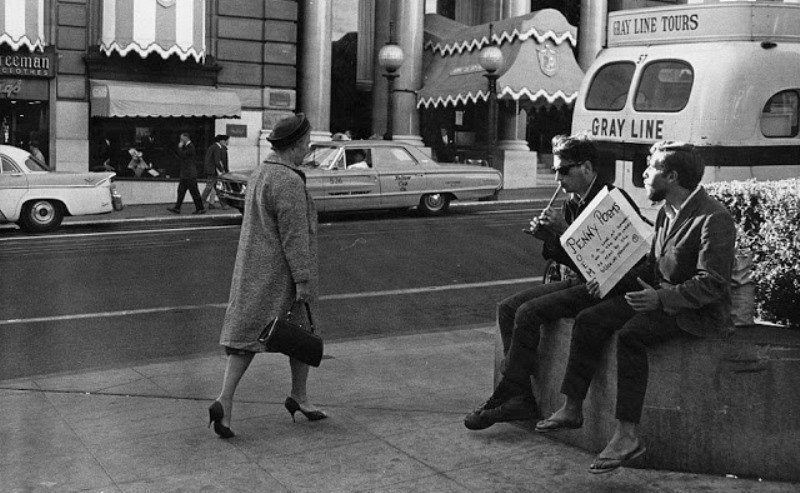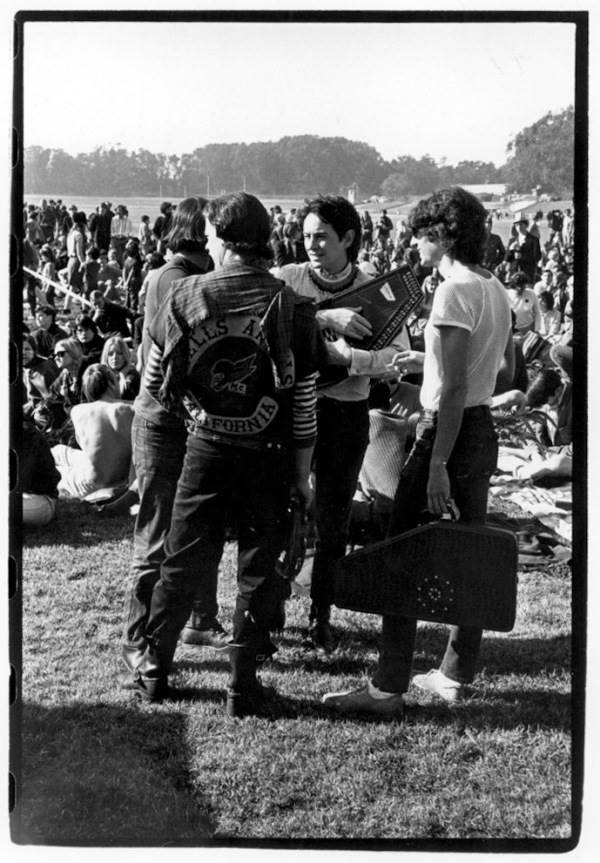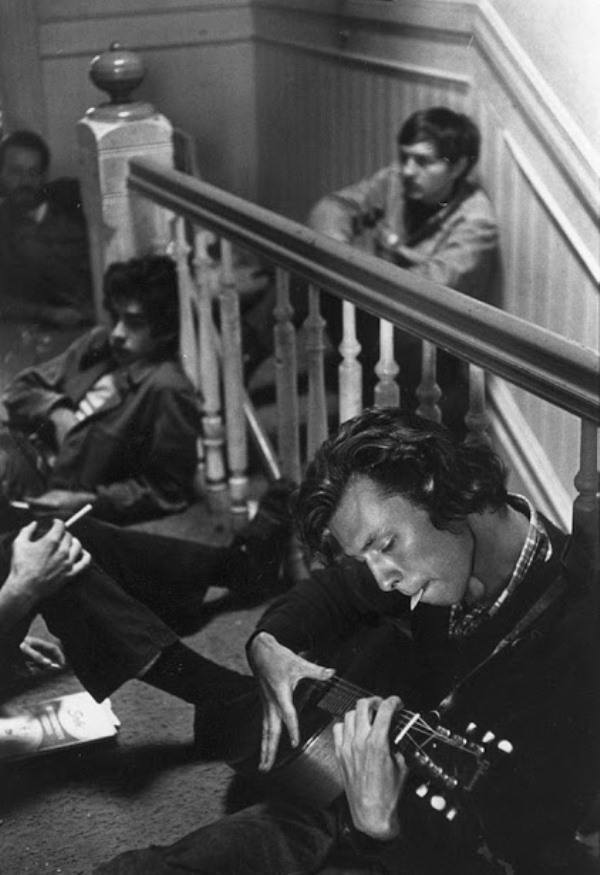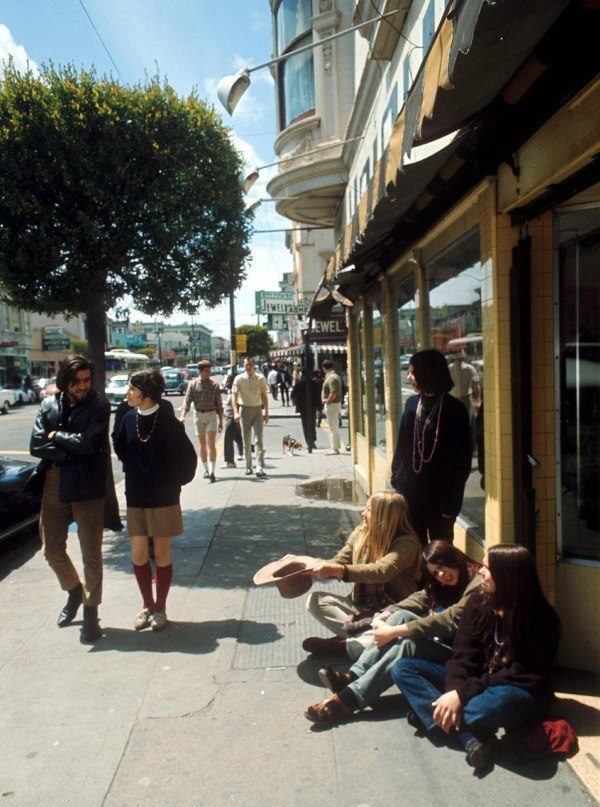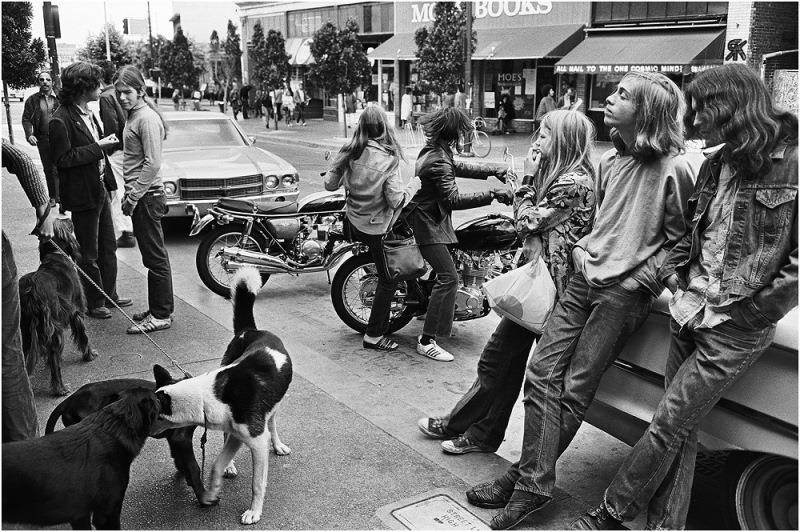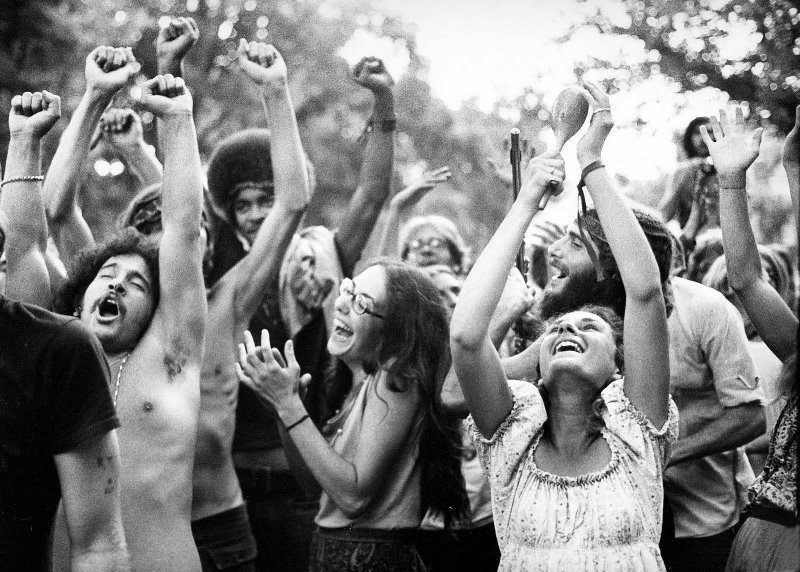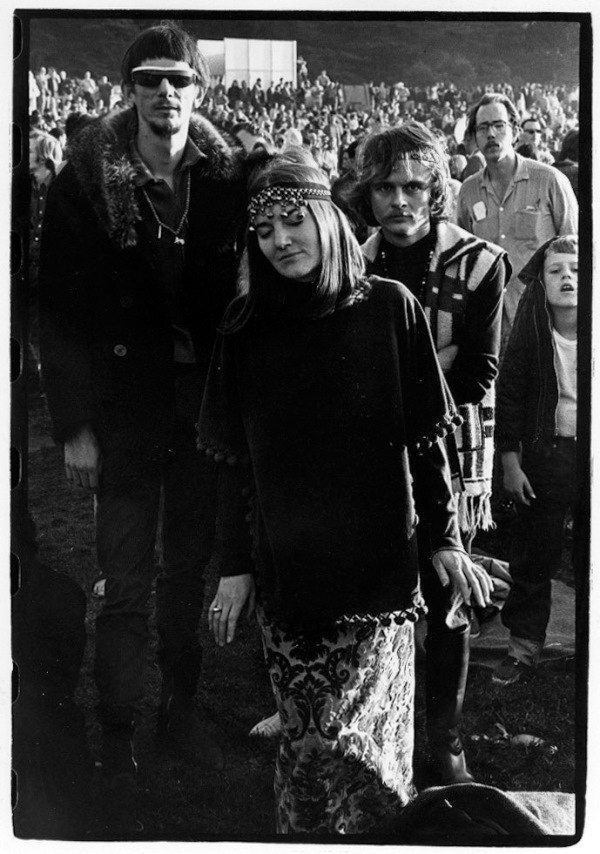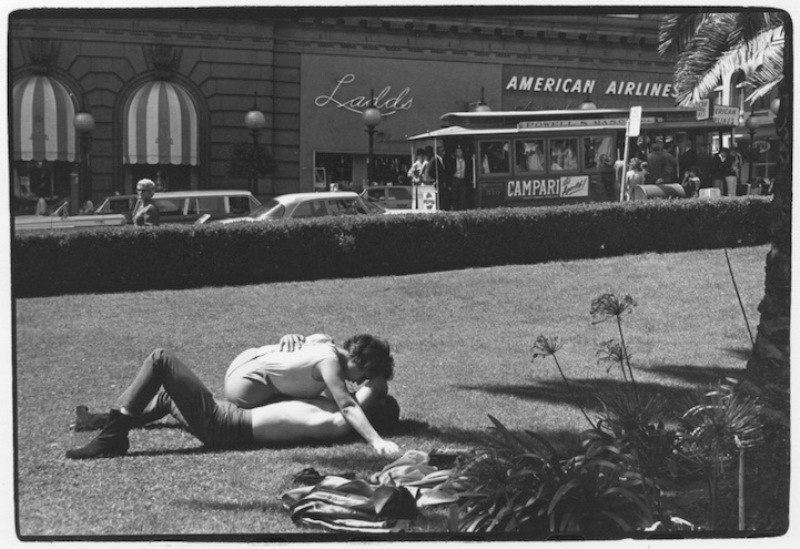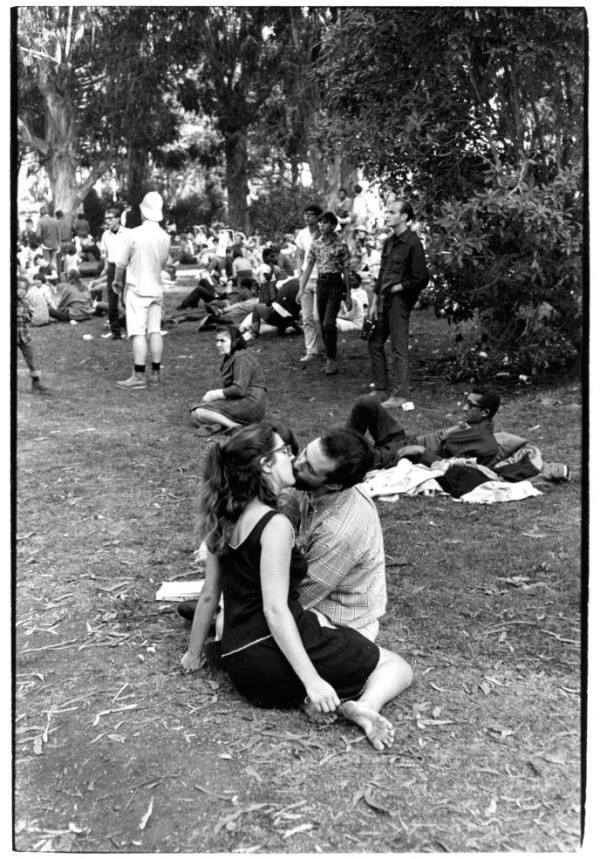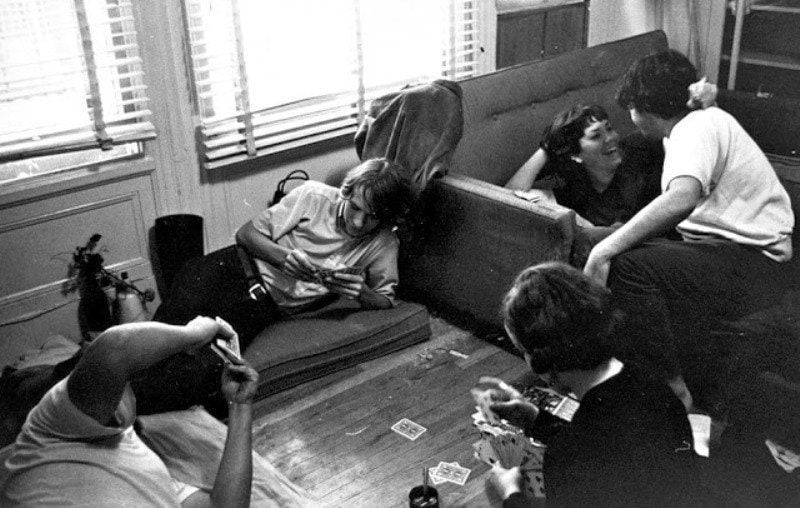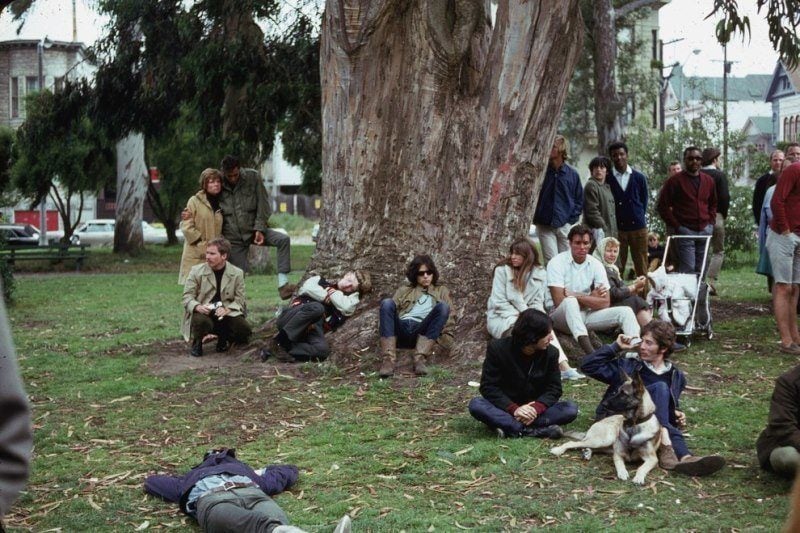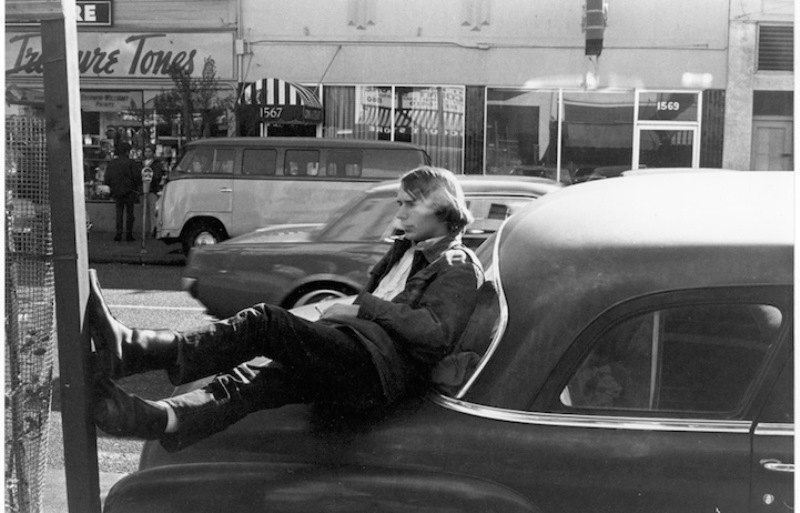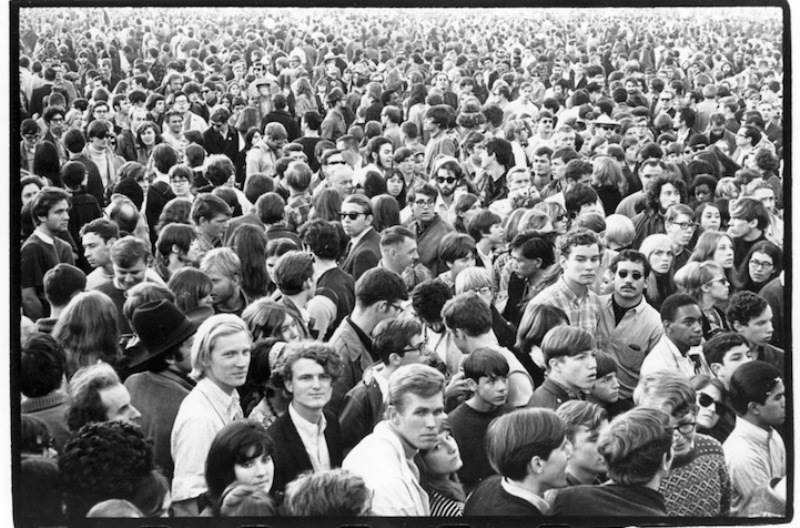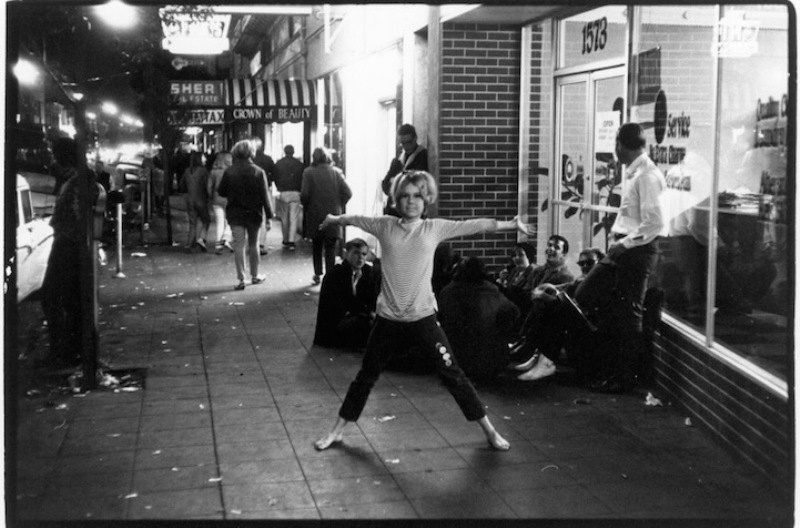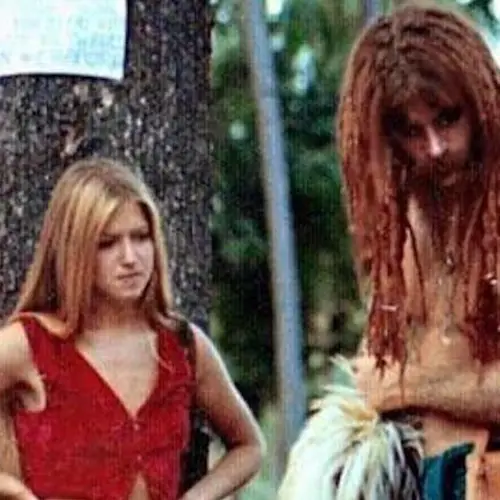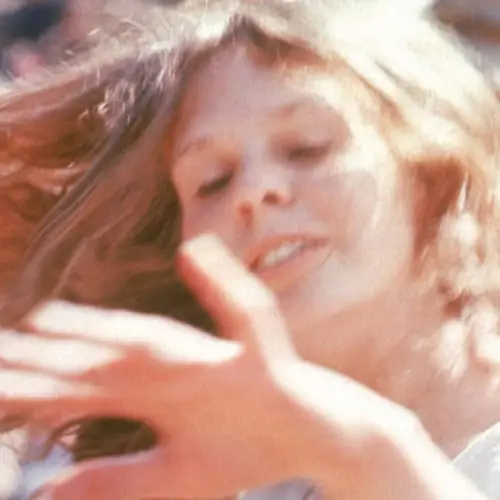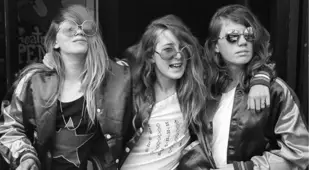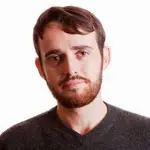1 of 57
At the center of it all was the Haight-Ashbury neighborhood. After experiencing sinking housing prices in the late 1950s, Haight-Ashbury became a destination for bohemians and beatniks, and soon thereafter, hippies.BuzzFeed
2 of 57
The Leica Camera Blog
3 of 57
Musicians and artists that would become national icons took up residence and became immersed in the culture of 1960s San Francisco. Above: Janis Joplin in Haight-Ashbury in 1967.BuzzFeed
4 of 57
David M. Rubenstein Rare Book & Manuscript Library
5 of 57
A woman attends a concert at the Avalon Ballroom, a venue that featured some of the most prominent psychedelic rock groups of the 1960s.BuzzFeed
6 of 57
The Huffington Post
7 of 57
Rediscovered in the early 1960s and popularized by figures like Timothy Leary and Aldous Huxley, LSD became perhaps the most popular drug of the decade. The powerful hallucinogen, along with marijuana, was among the strongest social unifiers of the hippie movement. The Leica Camera Blog
9 of 57
When apartments weren't available, re-purposed vans and school buses were the favored mode of shelter.CNN
10 of 57
David M. Rubenstein Rare Book & Manuscript Library
11 of 57
The International Society for Krishna Consciousness, better known as the Hare Krishnas, successfully attracted thousands of new followers in the 1960s with a message of enlightenment, peace, and inner-reflection.The Huffington Post
12 of 57
David M. Rubenstein Rare Book & Manuscript Library
13 of 57
Writing for The New York Times Magazine in 1967, Hunter S. Thompson wrote "'Hashbury' is the new capital of what is rapidly becoming a drug culture. Its denizens are not called radicals or beatniks, but 'hippies.'"David M. Rubenstein Rare Book & Manuscript Library
15 of 57
Perhaps the most famous hippie event in San Francisco was the Human Be-In that featured mantras spoken by Allen Ginsberg, music from the Grateful Dead and Jefferson Airplane, and copious amounts of LSD provided for free by the event organizers.Mother Jones
16 of 57
David M. Rubenstein Rare Book & Manuscript Library
17 of 57
Police stings (or "busts") to catch drug dealers and users became a frequent problem for those inclined to experimentation.The Huffington Post
18 of 57
David M. Rubenstein Rare Book & Manuscript Library
19 of 57
The Huffington Post
21 of 57
Allen Ginsberg takes in San Francisco during the Summer of Love.David M. Rubenstein Rare Book & Manuscript Library
22 of 57
The Huffington Post
23 of 57
David M. Rubenstein Rare Book & Manuscript Library
24 of 57
Formed in 1965, The Grateful Dead were revered mainstays of the San Francisco music scene. From left to right, Bill Kreutzmann, Bob Weir, Ron McKernan, Jerry Garcia, and Phil Lesh pose for one of their first band photos in Haight-Ashbury.BuzzFeed
25 of 57
The Huffington Post
26 of 57
The Huffington Post
27 of 57
Free concerts in Golden Gate Park became a staple and a natural place of congregation of the counterculture scene.BuzzFeed
28 of 57
David M. Rubenstein Rare Book & Manuscript Library
29 of 57
George Harrison plays for a group at Golden Gate Park during his visit in 1967.BuzzFeed
30 of 57
The Leica Camera Blog
31 of 57
Despite their dangerous reputation, the Hells Angels became entwined with the hippie movement. In fact, they were responsible for reuniting lost children with their parents during the Human Be-In.David M. Rubenstein Rare Book & Manuscript Library
32 of 57
The Huffington Post
33 of 57
Communal-based economies sprung up inside San Francisco, with free clinics and grocery stores becoming central to the lives of those opting out of traditional modes of living.BuzzFeed
34 of 57
David M. Rubenstein Rare Book & Manuscript Library
35 of 57
The Leica Camera Blog
37 of 57
David M. Rubenstein Rare Book & Manuscript Library
38 of 57
David M. Rubenstein Rare Book & Manuscript Library
39 of 57
The Huffington Post
40 of 57
David M. Rubenstein Rare Book & Manuscript Library
41 of 57
David M. Rubenstein Rare Book & Manuscript Library
42 of 57
A resident of Haight-Ashbury rests aside portraits of Jean Harlow and Marlon Brando.David M. Rubenstein Rare Book & Manuscript Library
43 of 57
David M. Rubenstein Rare Book & Manuscript Library
44 of 57
David M. Rubenstein Rare Book & Manuscript Library
45 of 57
David M. Rubenstein Rare Book & Manuscript Library
46 of 57
"Free love" was the dictum of the decade, which meant hippies often eschewed traditionally monogamous relationships for polyamory.David M. Rubenstein Rare Book & Manuscript Library
47 of 57
David M. Rubenstein Rare Book & Manuscript Library
48 of 57
The Huffington Post
50 of 57
David M. Rubenstein Rare Book & Manuscript Library
51 of 57
David M. Rubenstein Rare Book & Manuscript Library
52 of 57
A crowd awaits a concert in Golden Gate Park in 1968.David M. Rubenstein Rare Book & Manuscript Library
53 of 57
David M. Rubenstein Rare Book & Manuscript Library
54 of 57
The never-ending show in Haight-Ashbury wasn't enjoyed by the rest of San Francisco's residents. Pressure from civic groups led to San Francisco taking stricture measurements about zoning, giving less opportunity for squatting and group homes.David M. Rubenstein Rare Book & Manuscript Library
55 of 57
While the flame burned bright for much of the 1960s, pressure from the city government along with the increased presence of law enforcement eventually made San Francisco less of a destination for the hippie counterculture.Pinterest
57 of 57
Like this gallery?
Share it:
